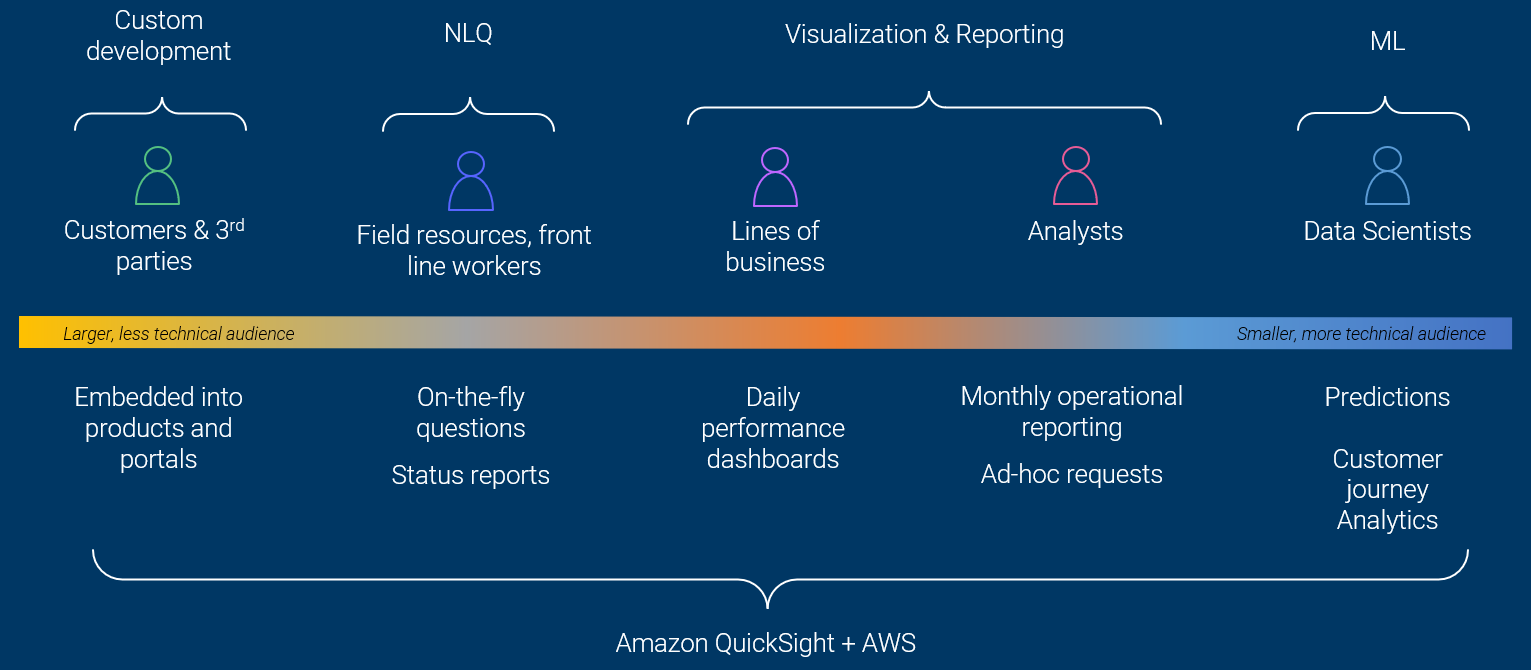Restrictive Pricing
Most embedded BI solutions come with a client-server architecture, and have minimum licensing requirements. In order to get started with embedded BI, you have to sign up for annual commitments around users or servers, requiring upfront investments.
For new applications where usage is unknown, this means that you end up committing to numbers above your projections just to make sure your system scales to swings in traffic!
Difficult to scale and maintain
It's important to pick a tool that scales with your users' success. That means as your growth increases, both planned and unplanned, your analytics experience must remain just as snappy as it was on day one.
To ensure this, you will need to build extensive monitoring and management, and also manage infrastructure growth. And don’t forget about managing software updates and patches, and periodic data backups to keep your systems in compliance.


.png?width=340&height=60&name=8cda0b58-762f-4aaf-a665-2c382dfa7eae%20(2).png)


















